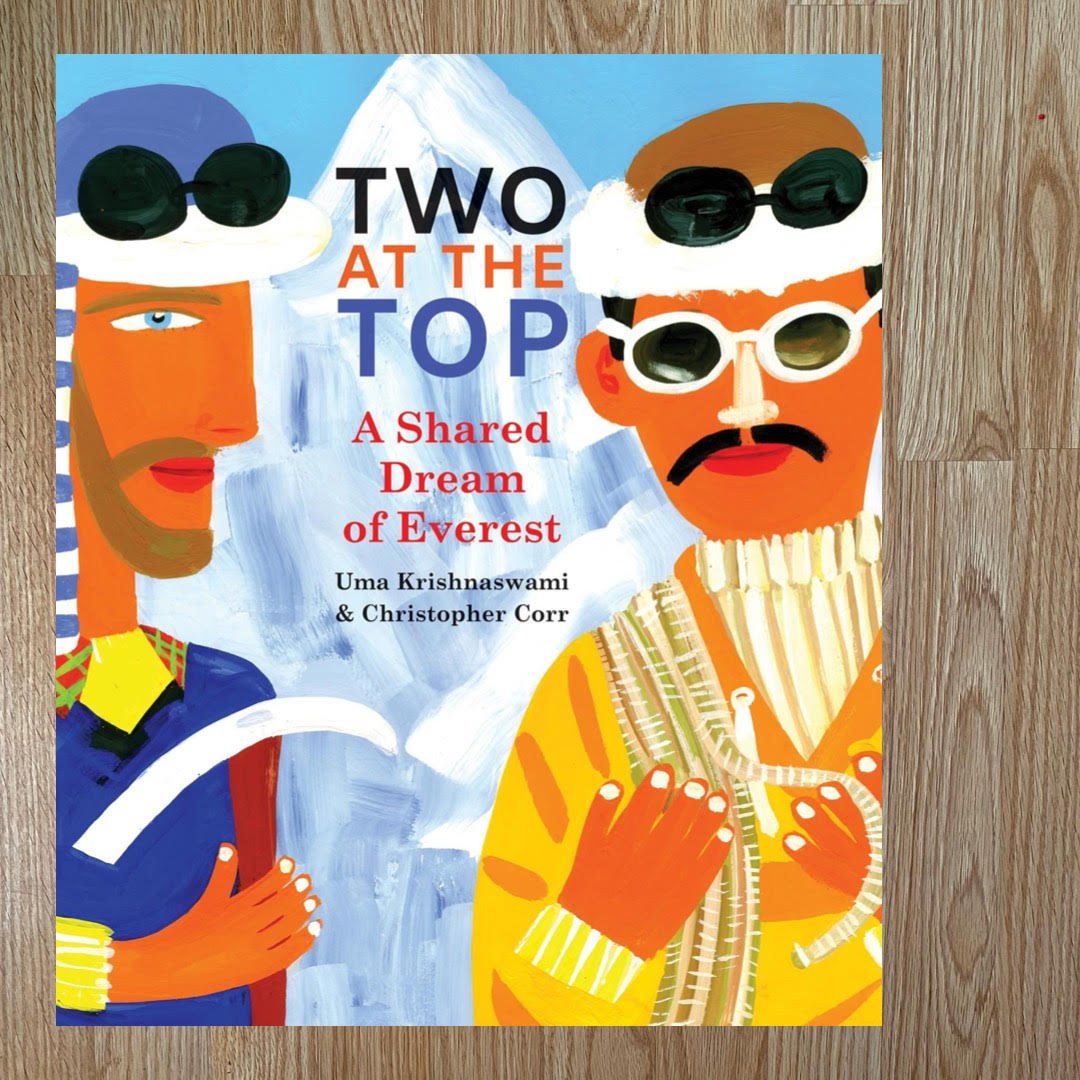By Carly Smith
Boobies is a nonfiction children’s book full of facts about breasts. Playful and silly, Boobies honours these beautiful body parts by highlighting their function and explaining some lesser known, yet interesting, scientific and historical tidbits. The beginning of the book helps readers understand who does, and does not, have breasts; Vo explains what mammals are and gives examples and non-examples of mammals to clarify. Next, Vo dives into the world of breastfeeding. She touches on how mammary glands make it possible to breastfeed, and how breastfeeding can change the size and shape of breasts. As the book continues, Vo goes on to provide some trivia about where else breasts can be found in the world, connecting them to mountains and ancient art.
The content of this book is well organized in that it feels like a “facts sandwich.” Vo begins and ends the book in a humorous, lighthearted way, and in the middle she buckles down and presents the true content—the information meant to teach. Easing in and out of this topic, which unfortunately still may be considered taboo by some, is effective in that it’s not so “in your face.” Furthermore, Vo works to keep the subject of breasts engaging and cheerful by sprinkling puns, one-liners, and fun facts throughout.
The visual appeal of Boobies is excellent. The text almost always stands out in a black-on-white fashion and when it does not, it is still easy to find and read, so as not to detract from the intent to inform. The font is child friendly, with letters appearing in the style and shape in which they are typically taught, and the size is not too small or too overbearing. The illustrations, also done by Vo, pair well with the text; they are easy to look at, pique curiosity, and offer opportunities for additional conversation, but do not take away from the written content.
This delightful read is appropriate for primary students, young ones with a good sense of humour, and families on a breastfeeding or chestfeeding journey. I can see this book being borrowed frequently from a school library by both students and teachers, in a regular rotation on a bookshelf at home, or brought out occasionally for reference. Boobies can be used as the bulk of a lesson, for the purpose of entertainment, or as an introduction to a larger topic in a science class. However you choose to enjoy it, Boobies will stick with you.
Thank you to Groundwood Books for a copy of this title in exchange for an honest review.





















